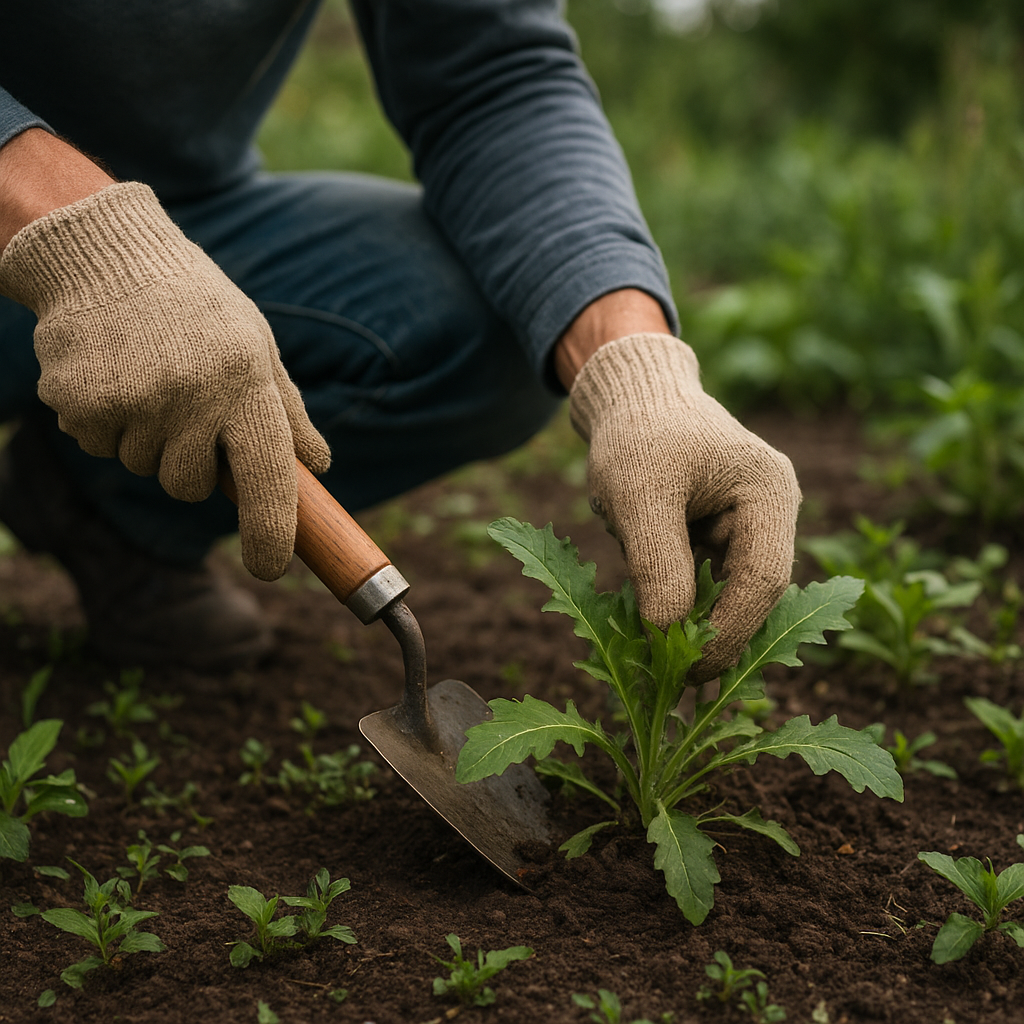
Effective weed management plays a pivotal role in cultivating healthy, productive fields without resorting to harsh chemicals. When growers embrace a holistic approach, they can protect long-term soil health, preserve biodiversity, and support a thriving agricultural ecosystem. This article explores a variety of strategies—from cultural adjustments and mechanical solutions to biological methods—that enable farmers and gardeners to minimize weed pressure while maximizing yields.
Essential Cultural Practices for Effective Weed Control
Strong preventive measures can dramatically reduce the need for later interventions. By focusing on sound agricultural practices, growers can create conditions where weeds struggle to compete.
Soil Preparation and Tillage
Proper soil management lays the foundation for vigorous crop growth. Shallow, targeted tillage can uproot weed seedlings before they establish extensive root systems. Avoid over-tilling, since frequent, deep disturbance can deplete organic matter and diminish soil fertility. Instead:
- Conduct tillage when weed seedlings are small and soil moisture is optimal.
- Use implements like chisel plows or rotary hoes for precise weed removal.
- Minimize operations to important windows, reducing erosion and conserving soil structure.
Mulching and Ground Covers
Applying a layer of organic mulch around crops suppresses emerging weeds by shading the soil surface. Effective mulches include straw, wood chips, compost, or biodegradable film. Advantages of mulching:
- Retains soil moisture and stabilizes temperature.
- Breaks the light cycle that triggers weed germination.
- Adds valuable organic matter as the mulch decomposes.
Combine mulching with strategic planting of cover crops—such as clover or vetch—to further crowd out unwelcome species and enhance soil fertility.
Mechanical and Manual Weed Removal Techniques
While labor-intensive, mechanical and manual controls remain among the most direct options for weed suppression. These methods can be refined with modern tools and ergonomic practices to improve efficiency.
Hand Weeding and Hoeing
Selective removal by hand or with a hoe targets weeds growing within or between crop rows. Key tips:
- Pull weeds when the soil is moist to extract roots fully.
- Work early in the morning when plants are turgid and easier to remove.
- Regularly schedule sessions to prevent weeds from setting seed and proliferating.
Encourage laborers to focus on high-value areas first, such as seed beds and young plantings, where weed pressure causes the most damage.
Innovative Mechanical Tools
Advances in equipment design have produced technologies that reduce manual effort and increase coverage. Examples include:
- Flame weeders that apply controlled heat to disrupt weed cell structures.
- Cultivators with adjustable tines for between-row weed removal.
- Autonomous robotic weeders equipped with cameras to distinguish crops from weeds.
Combining these tools with careful field mapping enables precise mechanical control and can be more cost-effective than routine chemical applications.
Biological and Ecological Strategies
Harnessing natural processes and organisms offers sustainable weed suppression without jeopardizing the broader environment. These strategies enhance long-term resilience.
Introducing Beneficial Species
Certain animals and insects can be enlisted to reduce weed populations. For instance:
- Grazing with goats or sheep in orchards and vineyards to eat broadleaf weeds.
- Introducing predatory insects that feed on weed seeds at early stages.
- Utilizing mycorrhizal fungi to support crop roots and outcompete weeds underground.
Site-specific grazing and biocontrol agents must be managed responsibly to avoid unintended impacts on biodiversity.
Allelopathic Cover Crops and Companion Planting
Some plants exude natural compounds that inhibit weed seed germination. Incorporating these into rotations or intercropping schemes can reduce reliance on physical removal:
- Rye and mustard as winter cover crops release allelochemicals that deter annual weeds.
- Sunflowers planted on field margins release root exudates toxic to grasses.
- Companion planting of spicy herbs (e.g., thyme, oregano) can suppress weed growth and deter pests.
Following cover crop termination, the decaying residue continues to smother weed seedlings, while enriching the soil with biomass.
Integrated Weed Management and Long-Term Planning
Adopting a single control method seldom offers permanent relief. Instead, an integrated framework that combines cultural, mechanical, and biological tactics provides the strongest defense. Key elements include:
- Mapping persistent weed patches and tailoring controls accordingly.
- Rotating crops of different growth habits to disrupt weed life cycles.
- Monitoring field conditions continually and adjusting practices seasonally.
- Investing in farmer education and community knowledge sharing to refine techniques.
By balancing these approaches, farmers foster a resilient system that naturally curbs weeds, builds soil health, and upholds the principles of sustainability. Over several seasons, this investment yields reduced labor, lower input costs, and a healthier environment for crops, wildlife, and communities alike.

